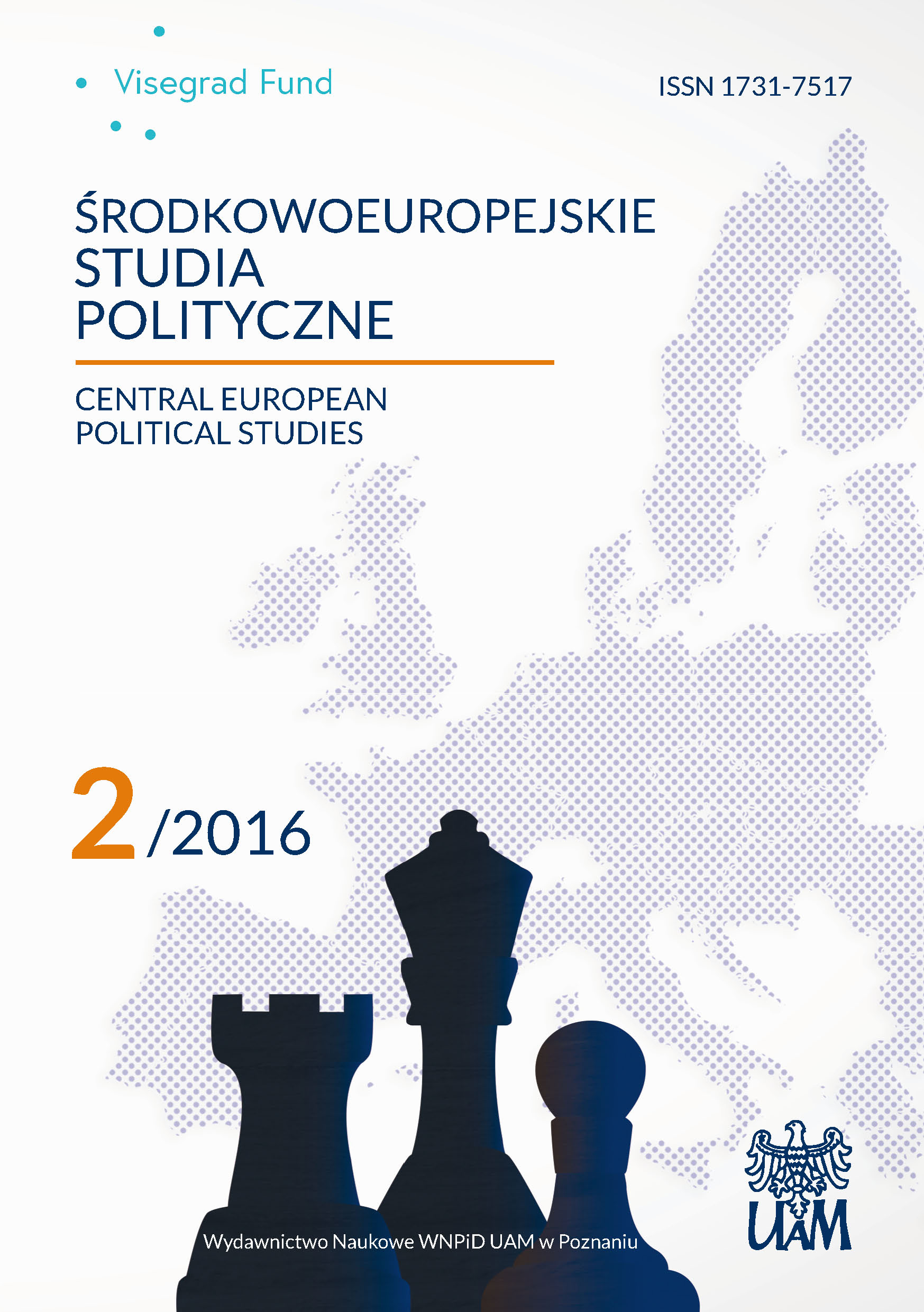Media coverage of corruption: the role of inter-media agenda setting in the context of media reporting on scandals
Media coverage of corruption: the role of inter-media agenda setting in the context of media reporting on scandals
Author(s): Andrej Školkay, Alena IštokováSubject(s): Media studies, Political Sciences, Theory of Communication, Present Times (2010 - today)
Published by: Uniwersytet im. Adama Mickiewicza w Poznaniu
Keywords: corruption; media; Slovakia; scandals;
Summary/Abstract: The study focuses on two Slovak corruption cases, both well-documented and of similar social relevance, of which one did not receive any cross-media coverage. Moreover, the case of large-scale bribery was rather under-hyped in comparison to other major corruption scandals occurring in the country. The case of cronyism formed a typical example of extremely poor inter-media coverage of highly unfair and politicised cronyism. Through these cases, especially in the one in which the media failed to stimulate the creation of a full-blown scandal, the study further analyses the criteria and circumstances that determine the worthiness of a case for wide media coverage. The study on Slovakia is framed within theories of scandalous reporting and the theory of agenda setting and inter-media agenda setting role of the media, and supported by quantitative analysis of actual media coverage of the bribery case.
Journal: Środkowoeuropejskie Studia Polityczne
- Issue Year: 2016
- Issue No: 2
- Page Range: 125-140
- Page Count: 16
- Language: English

